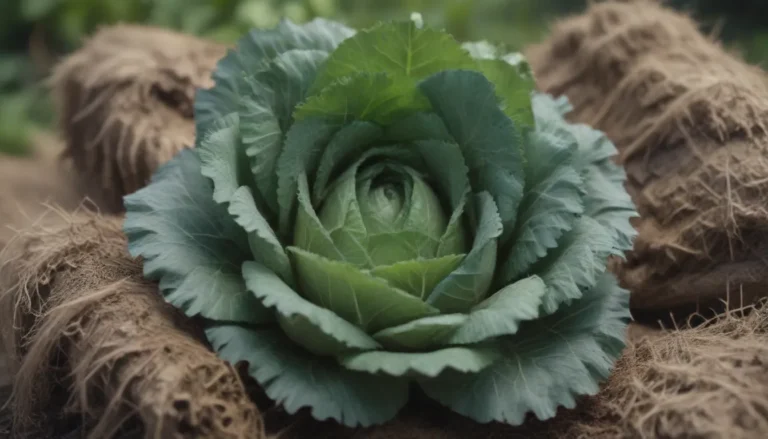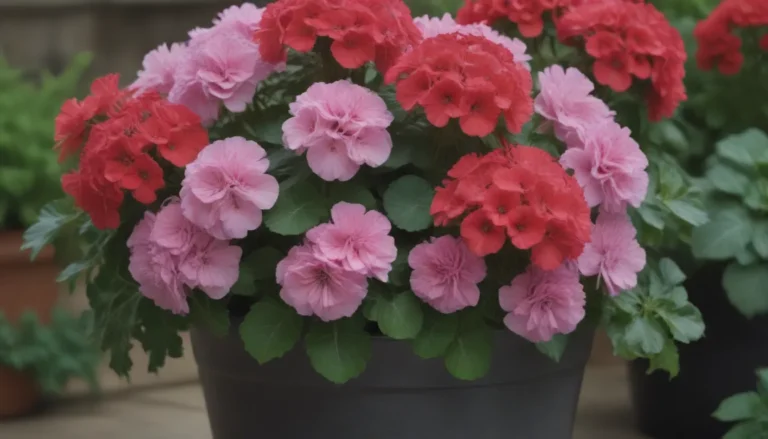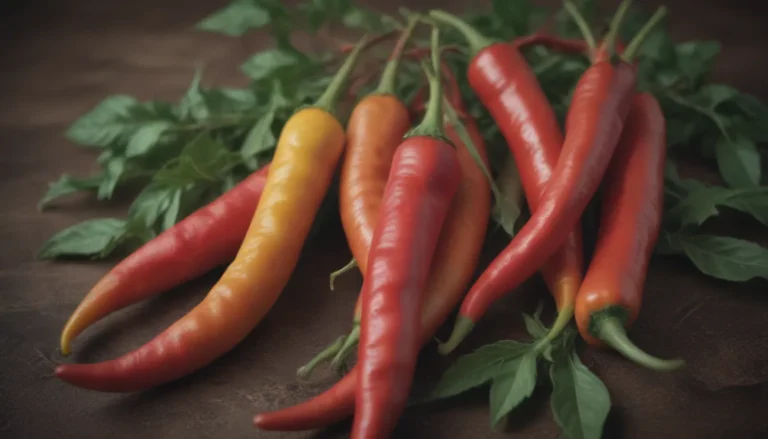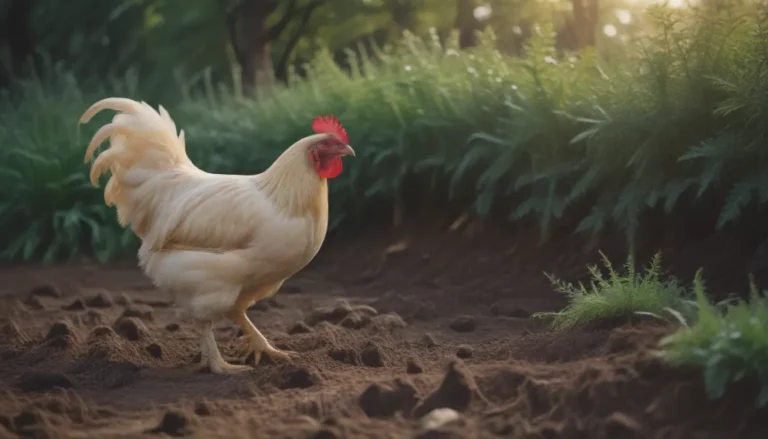A Comprehensive Guide to Growing and Caring for Alocasia Black Velvet
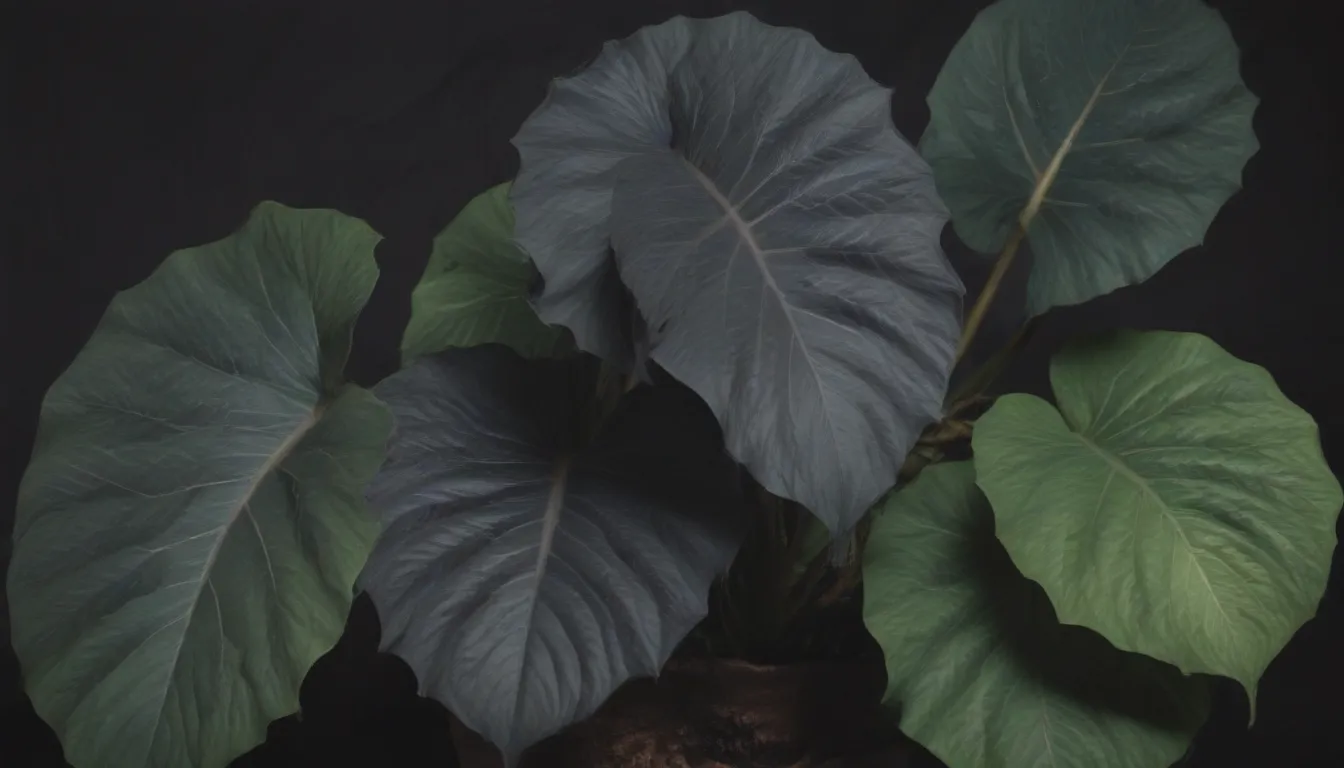
If you’re looking to add a touch of tropical elegance to your home, look no further than the stunning Alocasia Black Velvet. This petite gem in the Alocasia genus is sure to make a big impression in small spaces with its unique dark green foliage adorned with contrasting silver veins. In this in-depth guide, we will explore everything you need to know to successfully grow and care for Alocasia Black Velvet, from light and soil requirements to watering, fertilizing, and propagation tips.
Getting to Know Alocasia Black Velvet
Alocasia Black Velvet, scientifically known as Alocasia reginula, is often referred to as a jewel alocasia due to its diminutive size and striking appearance. Unlike some larger Alocasia varieties, which are known for their tropical-looking heart or arrow-shaped leaves, Black Velvet is much smaller and slower-growing. While it may not produce showy flowers, the main attraction of this evergreen perennial is its stunning dark green foliage with silver veins that stand out against its velvety texture.
This houseplant thrives in high humidity, making it an ideal choice for steamy, sunny bathrooms. However, it should be noted that Alocasia Black Velvet is toxic to both humans and pets, so it’s important to keep it out of reach of curious animals.
Alocasia Black Velvet Care Tips
Here are the essential care requirements to ensure your Alocasia Black Velvet thrives and stays healthy:
Light
Unlike larger Alocasia varieties that can tolerate full sun, Black Velvet prefers dappled, bright but indirect light, similar to the conditions found on the floor of a tropical jungle. A north or east-facing window is ideal, as too little light can result in leggy growth and dull foliage color.
Soil
Consistent moisture is key to keeping your Alocasia Black Velvet happy. Choose a well-draining potting mix with components like bark, sand, and loam to prevent root rot. Avoid soils high in peat moss or coco coir, which can retain excess moisture.
Water
Proper watering is crucial for the health of your plant. Avoid leaving your Alocasia Black Velvet sitting in water, as this can lead to root rot. Water deeply, allowing excess water to drain away, and only water again once the topsoil has dried out slightly. During the growing season, water more frequently, but reduce watering in the winter.
Temperature and Humidity
Maintaining high humidity levels is essential for Alocasia Black Velvet to thrive. This plant prefers temperatures above 70 degrees Fahrenheit and humidity levels over 50 percent. If your home is dry, consider using a pebble tray, misting, or a humidifier to create a suitable environment for your plant.
Fertilizer
While Alocasia Black Velvet doesn’t require heavy feeding, regular fertilization during the growing season can benefit its growth. Use a balanced liquid houseplant fertilizer every two weeks to a month, but avoid over-fertilizing, as this can harm the plant.
Pruning and Propagating Alocasia Black Velvet
Pruning
Regular pruning is not a demanding task for Alocasia Black Velvet. Remove any dead or dying foliage to promote new growth and maintain the plant’s health. Trim away flowers if they appear to divert energy back to foliage growth.
Propagating
Alocasia Black Velvet can be propagated through rhizomes, which are underground horizontal stems that produce new shoots. Divide clumps or pot rhizome cuttings of mature plants easily to propagate new plants. Additionally, you can propagate individual corms (bulb-like plant stems) by placing them in shallow water with high humidity levels.
Potting and Repotting Alocasia Black Velvet
Alocasia Black Velvet prefers to be slightly rootbound, so repotting is necessary only every couple of years or when dividing rhizomes. Keep in mind this plant’s slow-growing nature when considering repotting.
Overwintering and Common Pests
Overwintering
While Alocasia Black Velvet is a houseplant that doesn’t require overwintering, ensure the plant is kept in a warm environment above 60 degrees Fahrenheit, especially in colder climates.
Common Pests and Diseases
Spider mites can be a common pest issue for Alocasia Black Velvet, particularly in dry environments. Maintain high humidity levels to deter pests and prevent root rot by ensuring proper drainage in the soil.
Common Problems and Troubleshooting
Curling Leaves
If you notice leaves curling, it may be due to too much direct sunlight. Move the plant to a spot with dappled light to prevent leaf damage.
Yellowing Leaves
Yellowing leaves are often a sign of overwatering or poor soil drainage. Adjust your watering schedule or use a well-draining potting mix to help your plant recover.
Brown Tips
Brown leaf tips can indicate overwatering or excess fertilizer. Ensure your plant receives adequate water without becoming waterlogged, and avoid over-fertilizing to prevent tip burn.
In conclusion, Alocasia Black Velvet is a stunning houseplant that adds a touch of elegance to any indoor space. By following these care tips and techniques, you can ensure your plant thrives and continues to dazzle with its dark green foliage and silver veins. With patience and attention to detail, you’ll enjoy the beauty of Alocasia Black Velvet for years to come.
Remember, this plant may be small, but its impact is mighty! Happy growing!
